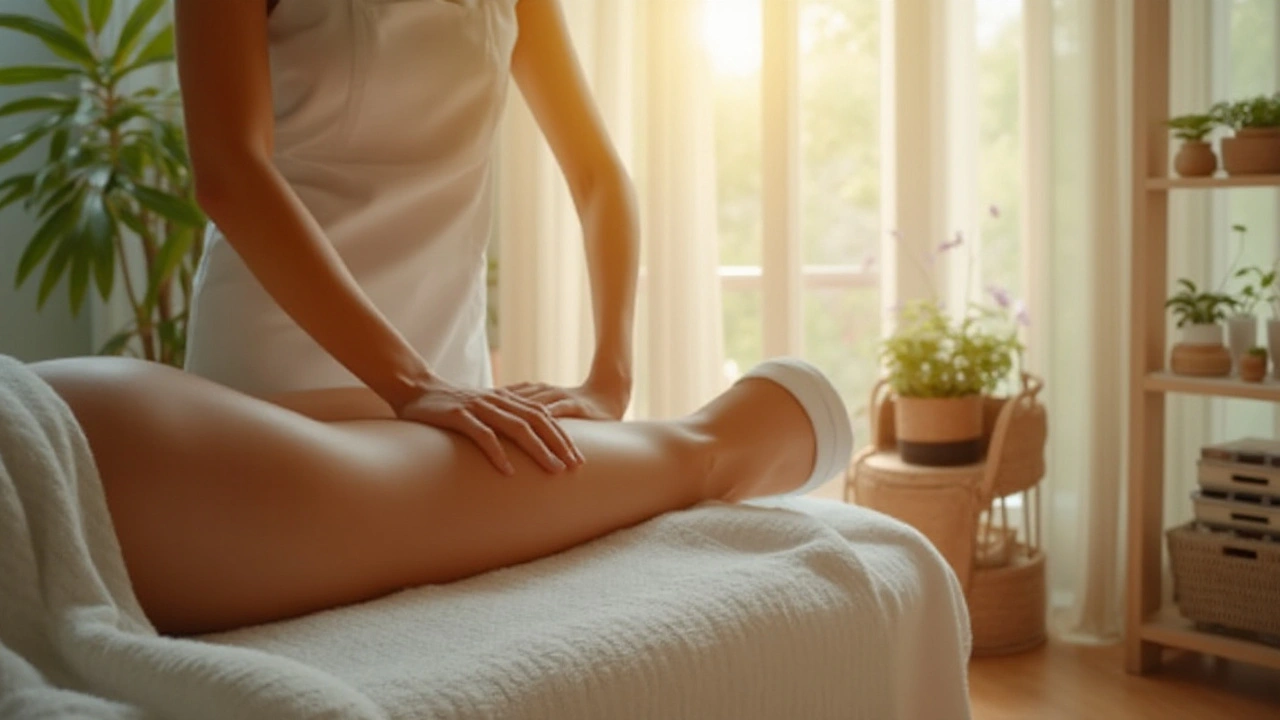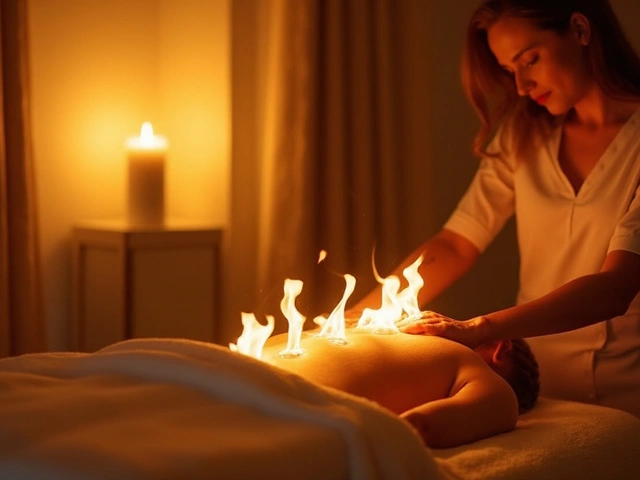Muscle Tension: Fast Relief, Simple Techniques
Tight muscles can steal your energy and ruin your plans. If you want fast relief without pills, try these practical moves you can do now. The aim: reduce pain, restore range of motion, and stop tension from coming back.
Understand the cause. Muscle tension usually comes from poor posture, stress, overuse, or holding one position too long. Dehydration, tight hips, or weak core muscles also change how other muscles work and make knots worse. Fixing the cause matters more than masking the pain.
Quick self-check. Press along your neck, shoulders, and upper back. A sharp tender spot that causes pain elsewhere is likely a trigger point. If a spot feels hard and painful when you press, spend 30–60 seconds applying steady pressure, then release for 20 seconds. Repeat three times. This simple routine can loosen a knot fast.
Easy techniques you can do at home
Acupressure: Use your thumb to press firm points just above the collarbone, at the base of the skull, or on the shoulder blade. Hold for 20–40 seconds while breathing slowly. It calms nerves and eases tight spots.
Heat and cold: Use a warm pack for 15–20 minutes to relax tight muscles, especially before stretching. After intense activity, a cold pack can reduce inflammation for 10–15 minutes.
Simple stretches: Try chin tucks, doorway chest stretches, and gentle spinal twists. Move slowly and stop if pain spikes. Hold each stretch 20–30 seconds and repeat twice. Small daily habits beat one long session once in a blue moon.
When to see a pro and which therapy helps
If tension lasts more than a few weeks, interrupts sleep, or follows an injury, book a session with a trained therapist. Trigger point therapy targets knots directly. Amma massage and Feldenkrais work well for recurrent shoulder and neck tightness by improving movement patterns. Ortho-Bionomy and Hellerwork focus on gentle corrections that change how your body holds tension.
Practical daily tips: hydrate, set a timer to stand every 30–45 minutes, sleep with a supportive pillow, and strengthen your core with short workouts. Try breathing exercises for five minutes each morning to lower stress that tightens muscles.
Quick routines: 1) Warm shower, 2) 3 gentle neck rolls, 3) 60 seconds on any trigger points, 4) 2 deep breaths between moves. Repeat once in the evening. Consistency matters more than intensity.
Don’t ignore red flags: sudden severe pain, numbness, weakness, or loss of bowel or bladder control needs urgent medical care. For chronic cases, combine manual therapy with posture work and gentle movement classes to stop tension from returning.
If you’re unsure where to start, try a 10-minute routine: heat, three stretches, and two minutes of deep breathing. Track which moves cut your pain and stick with them. Small wins build real change over weeks. Start today, feel better.
Small, regular steps stop muscle tension from taking over your day. Try the easy techniques above and pick one therapy that fits your needs. Your body will thank you.

Sports Massage: More Than Just a Luxury
Sports massage isn't just about pampering—it's a powerful tool in any athlete's toolkit. From enhancing performance to speeding up recovery, this therapy goes beyond relaxation by addressing muscle tension and preventing injuries. Whether you're a weekend warrior or a professional athlete, understanding the benefits of sports massage can transform your approach to physical fitness. Discover how timely techniques and personalized care can make all the difference in your sports journey.

Harnessing Neuromuscular Massage for Effective Stress Relief
Neuromuscular massage is a specialized form of bodywork that focuses on nerve and muscle function and how they relate to stress in the body. This technique can significantly help in stress management by targeting specific areas of tension and pain, improving overall well-being. It involves precise pressure and strokes to enhance blood flow, relieve chronic pain, and promote relaxation. Understanding its benefits can lead to a more balanced lifestyle and reduce stress-related symptoms. Learn how neuromuscular massage fits into stress management and its impact on physiological health.
Categories
- Health and Wellness (148)
- Alternative Therapies (86)
- Massage Therapy (40)
- Travel and Culture (15)
- Beauty and Skincare (9)
- Holistic Health (8)
- Health and Fitness (5)
- Spirituality (5)
- Other (2)
- Personal Development (2)
Popular Articles



